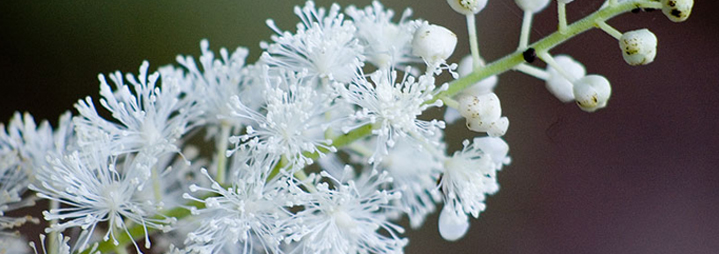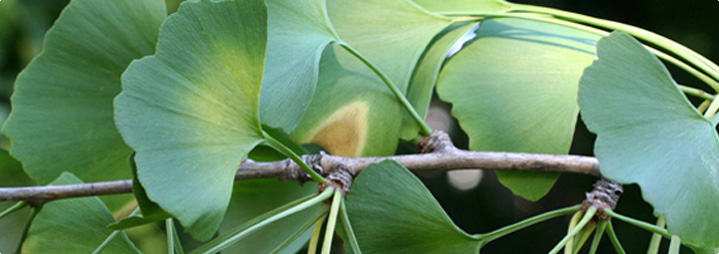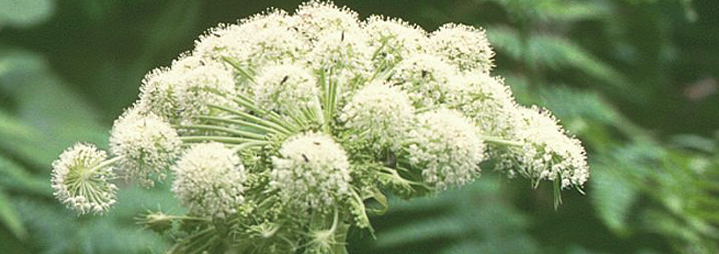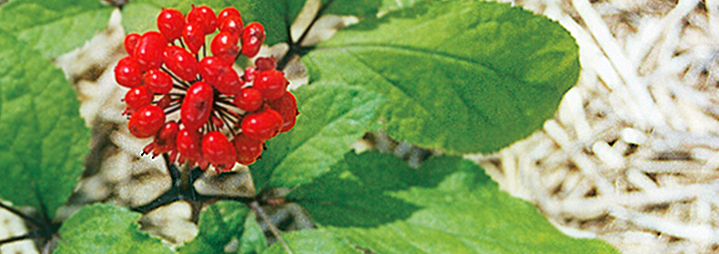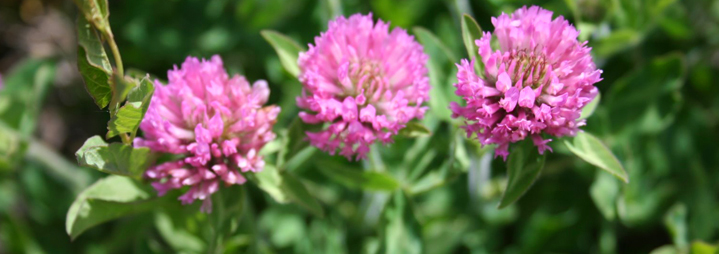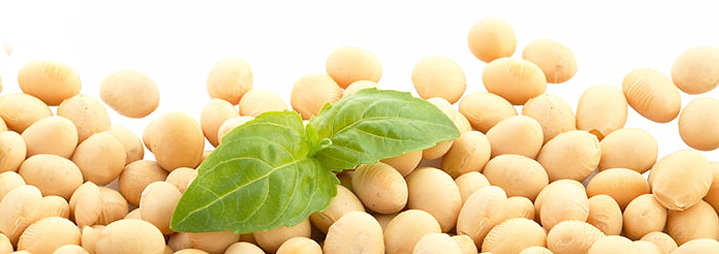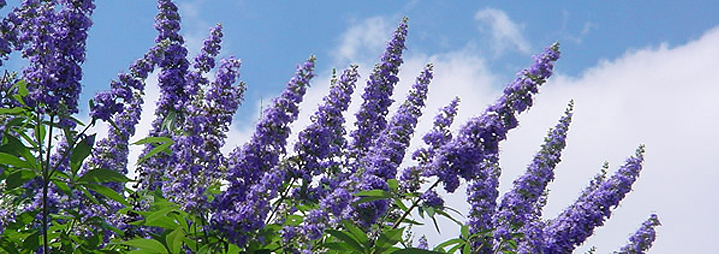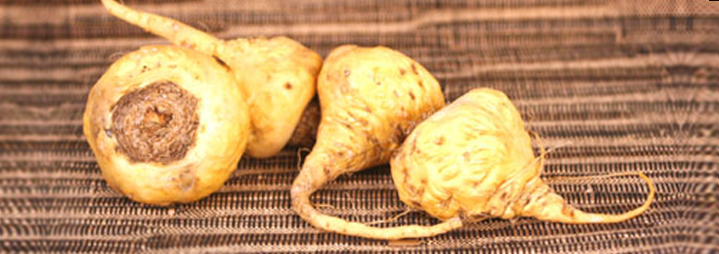Phytoestrogens: Do they work?
 With so many therapies to treat menopause available on the market today, it�s hard to find out which one is right for you. One of the popular options seems to be phytoestrogens. But what are phytoestrogens and how do they work? Read on to find out the properties of phytoestrogens and their effects on menopause.
With so many therapies to treat menopause available on the market today, it�s hard to find out which one is right for you. One of the popular options seems to be phytoestrogens. But what are phytoestrogens and how do they work? Read on to find out the properties of phytoestrogens and their effects on menopause.
What are Phytoestrogens?
Phytoestrogens are a group of plant compounds similar to human hormones in their structure. Although most are non-steroidal, some plants do contain tiny amounts of steroidal estrogens that match those found within our body. They are categorized as either steroidal or non-steroidal. Steroidal phytoestrogens as the name suggests, contain either estradiol, estrone or estriol in small amounts. Non-steroidal phytoestrogens belong to the family of compounds called phenolics. These include the flavones, flavanones, flavanols, isoflavones and lignans. Isoflavones are especially prevalent in legumes such as soybeans and herbs such as Red clover.
How do Phytoestrogens Work?
Phytoestrogens work by mimicking estrogen activity when introduced into the body. They act either as weak estrogens or supply precursors to substances that affect our body�s estrogen activity. How they affect our tissue depends in part on how much estrogen our bodies are already producing and how saturated our receptor sites are. If estrogen levels are low, like in menopause, empty estrogen receptor sites can be filled by phytoestrogens, which exert a weak pro-estrogenic effect.
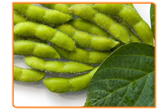 If estrogen levels are high, such as women who suffer from pre-menstrual syndrome (PMS) and endometriosis, phytoestrogens will compete with our own natural estrogen stores for receptor sites. When phytoestrogens successfully bind, they decrease overall estrogenic activity because their effects on tissues is less than if estradiol (estrogen) had been allowed to bind.
If estrogen levels are high, such as women who suffer from pre-menstrual syndrome (PMS) and endometriosis, phytoestrogens will compete with our own natural estrogen stores for receptor sites. When phytoestrogens successfully bind, they decrease overall estrogenic activity because their effects on tissues is less than if estradiol (estrogen) had been allowed to bind.
Some studies indicated that the health benefits of phytoestrogens include cardiovascular disease and protection against osteoporosis.
Where Are Phytoestrogens Found?
The variety of plants that contain phytoestrogen number in the hundreds and a few of the more common ones include Red clover, Soy, Black cohosh, Licorice, Flax and Alfalfa. Additional foods high in phytoestrogens include garlic, tofu, dried apricots, almonds, blueberries, peanuts, chestnuts, olive oil, onions, hummus and corn.
Phytoestrogens side effects
Although phytoestrogens can be very effective in relieving the symptoms of menopause, and also cheaper than other types of treatment, has recently been criticized, because the plants add hormones to the body artificially and thus can trigger a range of undesirable side effects, including serious problems like breast cancer.
Click here to learn more information about phytoestrogens and menopause.









